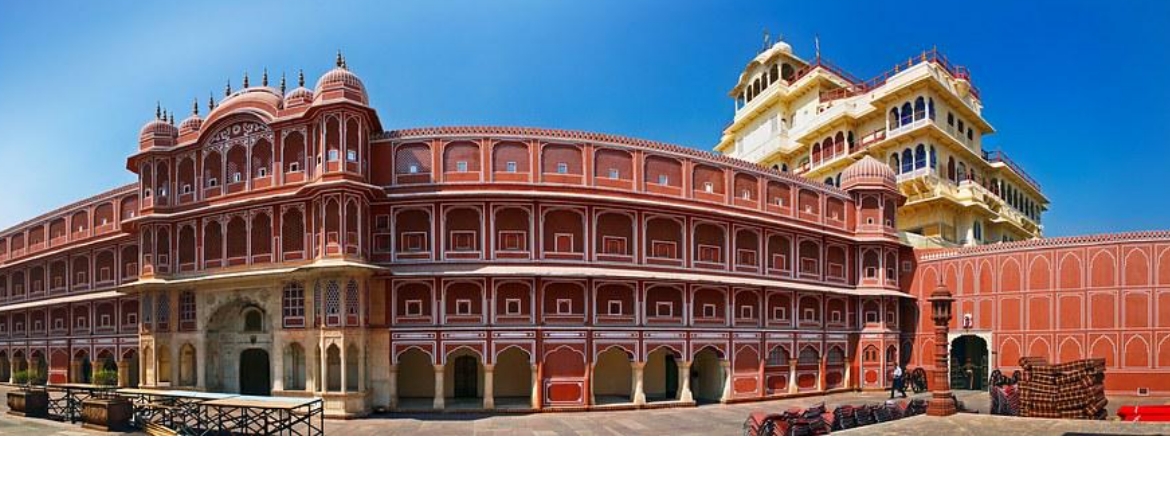- Details
- Itinerary
- Photos
Golden Triangle
On the Golden Triangle classic tour, you will have the chance to experience different sides of Indian culture; from the contrasts of Old and New Delhi, to the historic city of Agra, and exploring the beautiful palaces and architecture of Jaipur. See the classic sights in the company of expert guides so you can really understand the history and culture of the destination. On our classic tours everything is taken care of, leaving you to sit back and enjoy the experience to the full. The tours are fully inclusive with all meals and a comprehensive touring programme.
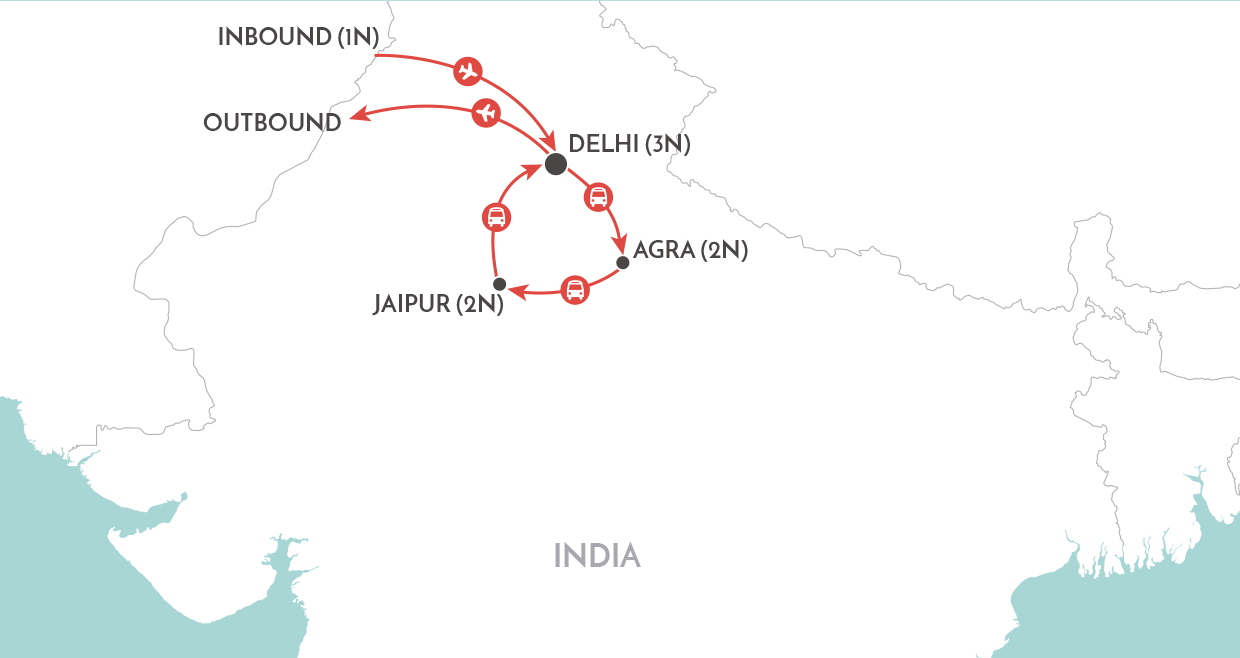
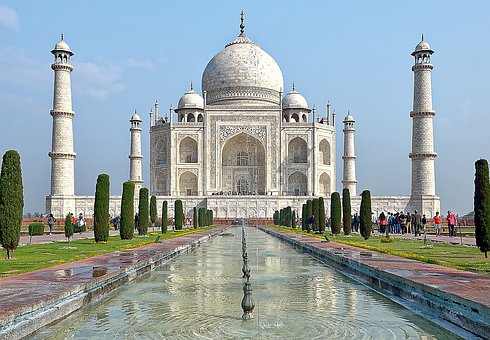
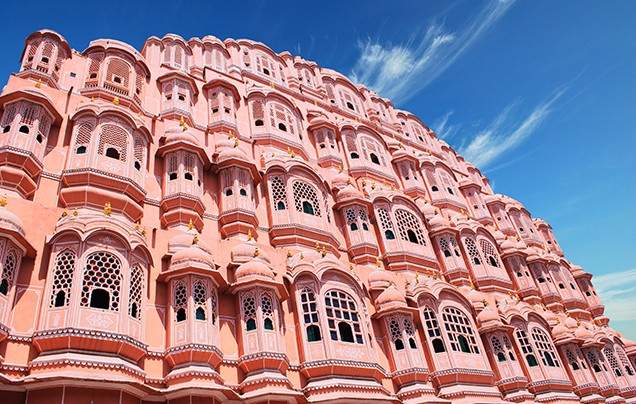
Destination Info
Delhi
As the capital of India, Delhi is the third largest city with a population of approximately 18 million. Its strategic location along the north-south, east-west route has given it a focal position in Indian history and many great empires have been ruled from here. The monuments and ruins of these are scattered throughout the city, often side by side with modern structures and high-rise towers.
Red Fort
Home of the Mughal emperor for many years, the fort is located in the center of Delhi and houses a number of museums.

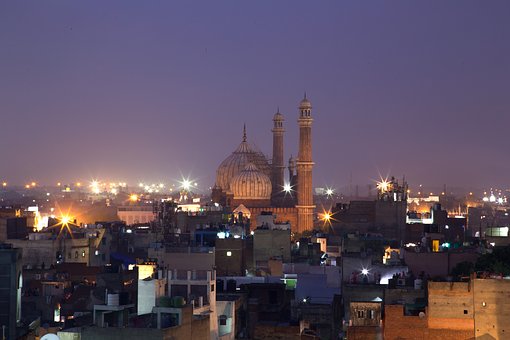
Chandni Chowk Bazaar
Built in the 17th century, Chandni Chowk is the oldest and most lively bazaar in Old Delhi. Built by the Mughal Emperor of India Shan Jahan and designed by his daughter, you can find stores selling everything from saris, Nehru suits, souvenirs to spices.
Jama Masjid
Jama Masjid is the largest mosque in India, with a courtyard capable of holding 25,000 devotees. Built between 1644 and 1658, the mosque was Shah Jahan’s final architectural achievement.
Sikandra
Sikandra lies on the outskirts of Sikandra town in a peaceful garden 4km northwest of Agra. It is believed that Akbar designed and started the construction of his own mausoleum, which was later modified and completed by his son Jahangair. The result is this impressive, perfectly symmetrical complex, with the tomb located in the centre of a vast walled garden.
Agra
Home to the world famous Taj Mahal. Agra rose to fame in the medieval period as the capital of the Mughal Empire and was beautified with gardens, waterfalls, bathhouses and canals. In modern times, the city of Agra houses a thriving carpet industry.
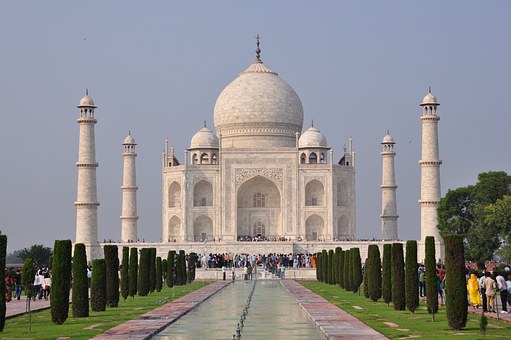
Taj Mahal
One of the most recognizable monuments in the world, the Taj Mahal is a white marble monument found on the southern bank of the Yamuna River. The Taj Mahal was built by the Mughal Emperor Shah Jahan between the years 1631-1648 in memory of his favourite wife, Mumtaz Mahal, who died in 1631.
Agra Fort
Situated on the west bank of the Yamuna River and built by Emperor Akbar between 1565 and 1573. Its imposing red sandstone ramparts form a crescent along the riverfront and encompass an enormous complex of courtly buildings, ranging in style from the early eclecticism of Akbar to the sublime elegance of Shah Jahan. The barracks to the north are British additions from the 19th century. A deep moat, once filled with water from the Yamuna River, surrounds the fort.
Fatehpur Sikri
Located 34km from Agra, Fatehpur Sikri was built by Emperor Akbar in 1569 after it was prophesised that the then childless Akbar would have sons if he moved his capital to the site. At great expense to the empire, the capital was moved here but sadly only occupied for 14 years before slowly being deserted and ruined after Akbar left the city due to a scarcity of water.
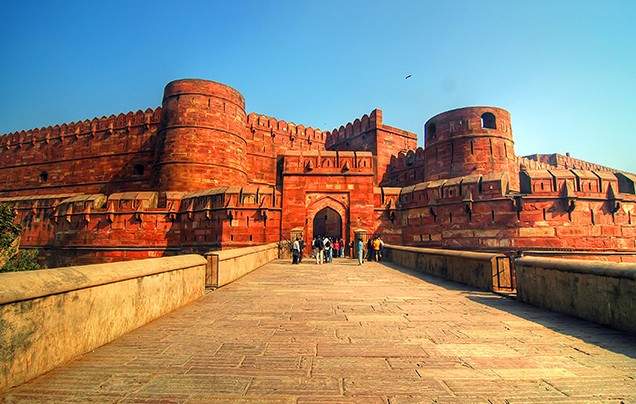
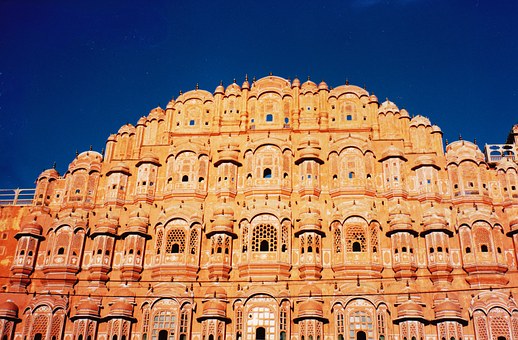
Abhaneri Village
Make a stop here to see the Chand Baori Stepwell and marvel at this ancient construction. Over 1,000 years old, the visually outstanding stepwell was originally dedicated to Harshat Mata, the ‘Goddess of Joy and Happiness’
Jaipur
Some parts of the road are very rough so the journey takes most of the afternoon. Jaipur was founded in 1727 as Mughal power within India was declining. The then Maharaja Jai Singh moved his capital from Amber Fort down onto the plain below. The city is now the capital of Rajasthan State and commonly called the ‘Pink City’ because of the pink paint on all the buildings in the old city area. This was apparently done to imitate the magnificent, red sandstone buildings of the Mughals and in an attempt to impress the Prince of Wales when he visited Jaipur in 1876.
Hawa Mahal (Palace of the Winds)
A five-story palace erected in 1799 by the Sawai Pratap Singh so that the veiled ladies of his harem could observe, unnoticed, the lively street scenes below.
Amber Fort
Built from yellow and pink sandstone and white marble, Amber Fort was constructed in the 16th century by Raja Man Singh. Inside the fort visit the Hall of Victory, which houses the famed Sheesh Mahal.
Choti Choper –
A market located inside the walled city, where villagers from around Jaipur come to sell and trade their produce.
Maharaja’s City Palace
A former royal residence located in the heart of the Old City. Part of the building has been converted into a museum, while the royal family of Jaipur still uses the remaining sections of the palace as a private residence.
Jantar Mantar Observatory
The largest stone and marble crafted observatory in the world is located just outside the City Palace. The observatory has 17 large instruments, many of them still in working condition
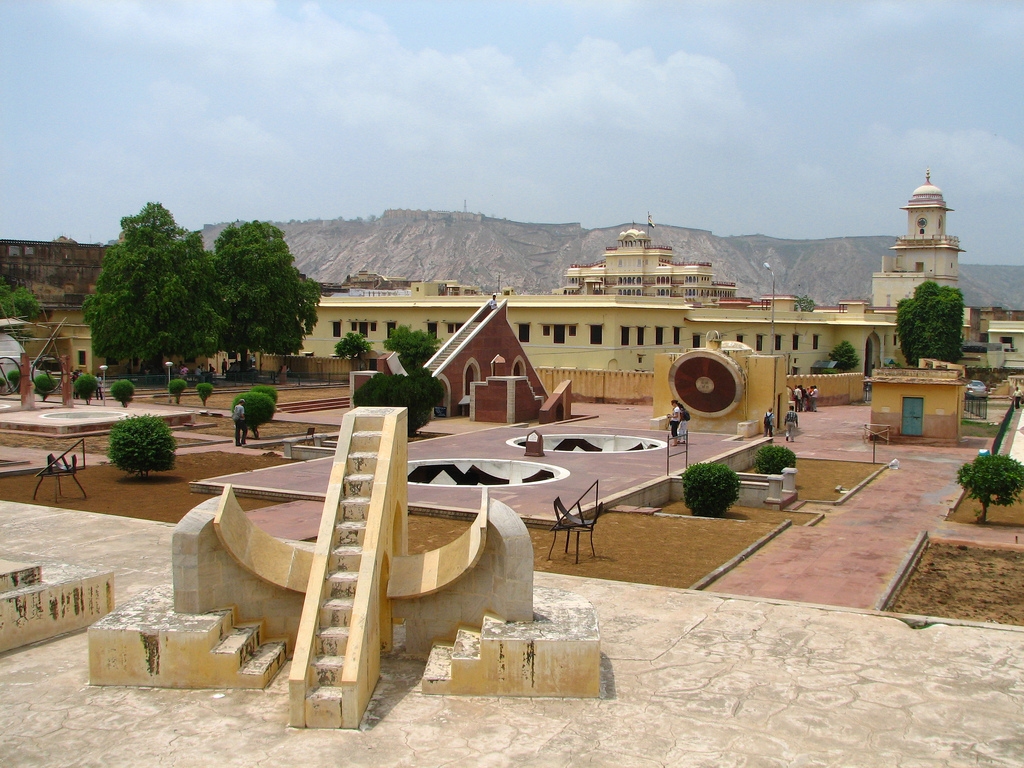
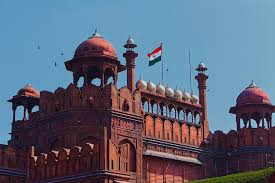
A visa is required for entry into India. A standard visa processing service is included in your tour cost. You will need to complete the visa application form following the instructions on the visa help sheet. Once completed you will need to email or post the appropriate documents to our office in order for us to process your visa with the embassy. Once your visa has been approved we will send you a copy of the completed visa by email for you to print out and take with you when you travel to India. Any passports and visa applications that require an express service will incur an extra fee. Your passport must be valid for 6 months from your date of return from India, and should have at least 2 blank pages for your Indian visa.
In rare cases, you may be required to provide further information or documentation to the Indian embassy and/or be required to attend an interview at the embassy. If this is the case, we will notify you as soon as we have been advised.
Price Includes
- Return international economy flights, taxes and current fuel surcharges
- All accommodation
- All meals
- All sightseeing and entrance fees
- All transportation and transfers
- English-speaking National Escort (if your group is 10 or more passengers)
- Visa fees for UK and EU passport holders
- Specialist advice from our experienced travel consultants
- Comprehensive travel guides
- Safe and secure with ABTA, ATOL and IATA
Price Excludes
The only things you may have to pay for are personal expenditure e.g. drinks, optional excursions or shows, insurance of any kind, tipping, early check in or late checkout and other items not specified on the itinerary.
Prices based on 2 share, departing London. Departures available from April 2023 – November 2023. Selection of regional airports available, please call for details.
Itinerary
Return to your hotel to freshen up and have breakfast. Later, visit a marble inlay workshop and explore Agra Fort. Sightseeing at the fort involves approximately 1 hour on foot and there are some stairs to walk up. This evening return to Agra Fort for the impressive Sound and Light Show. This new sound and light show provides an insight into the history of the monument, which is a visual delight.
Please note: The Taj Mahal is currently undergoing renovations to its exterior. The work is done in phases so that visitors to the Taj will still be able to experience the beauty of this architectural wonder. The walls and minarets have already been restored to their earlier state of glory, but the work continues on other parts of the building.
